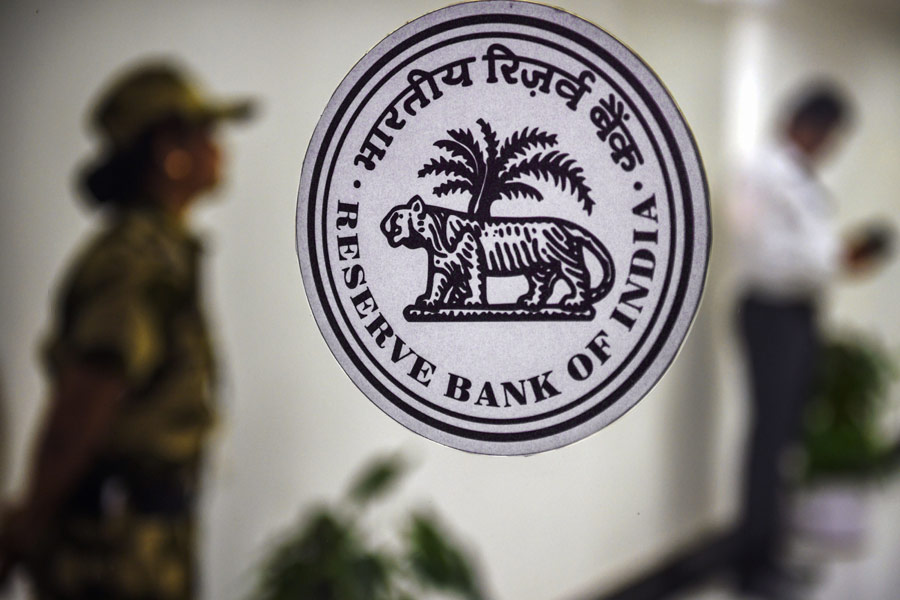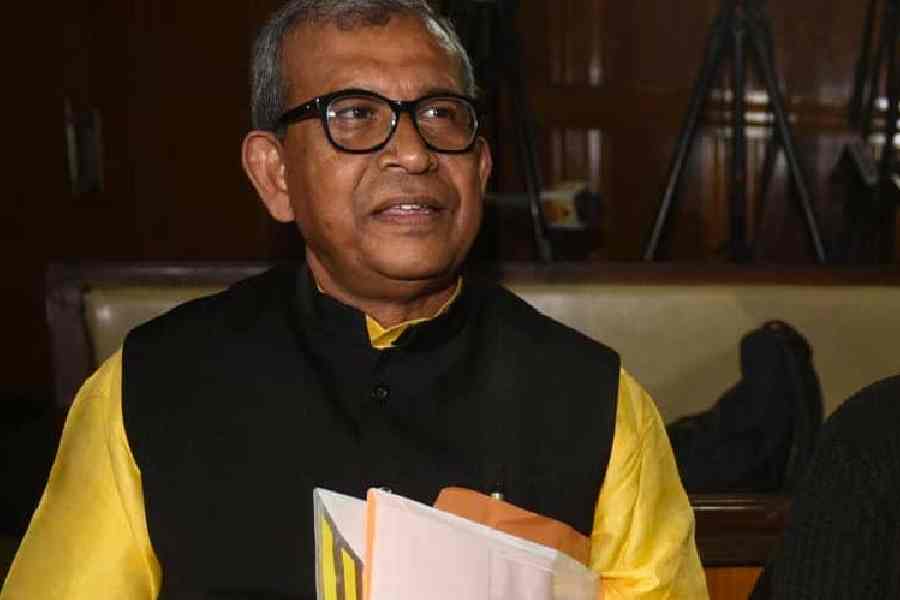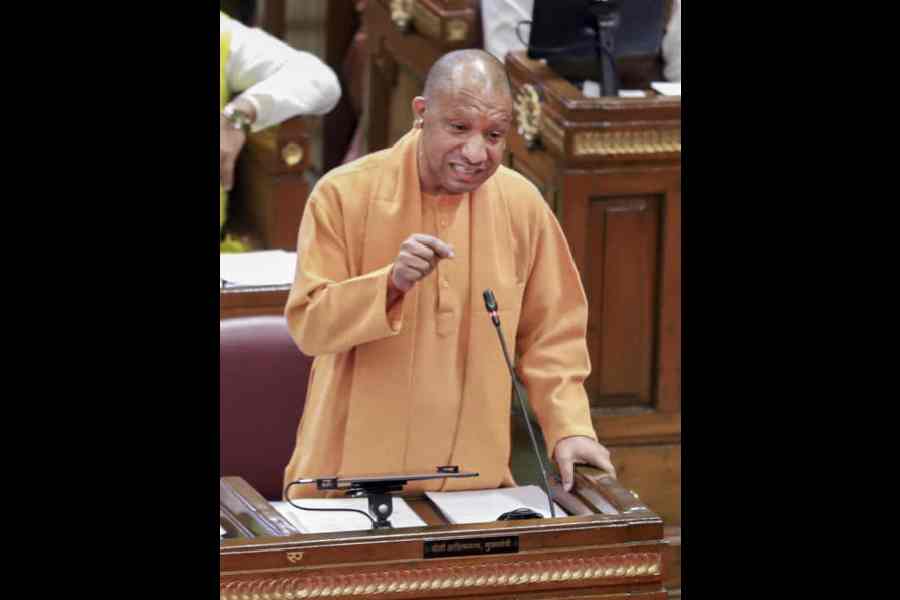The Reserve Bank of India (RBI) has paid a record dividend to the Centre at ₹2.11 lakh crore (trillion) for accounting year 2023-24 even as it raised its contingency reserves for the period.
Analysts said the RBI bonanza offers a ballast to the Centre to ramp up expenditure and achieve the fiscal deficit target of 5.1 per cent of GDP for 2024-25, while reducing market borrowings for the fiscal.
The previous highest payout was ₹1.76 lakh crore in 2018-19.
The announcement led to yields — which are inversely related to prices — on government securities falling to a one-year low. The benchmark 10-year paper closed at 6.99 per cent, against the previous finish of 7.03 per cent.
The record sum, approved at the 608th meeting of the RBI central board of directors, is higher than the dividend income of ₹1.02 lakh crore allotted in the interim budget for 2024-25 attributable to PSU financial institutions such as PSU banks and the RBI.
Ahead of the board meeting on Monday, expectations were that the central bank would transfer ₹1 lakh crore to the Centre.
The RBI’s earnings come from interest earned on bond holdings and the purchase and sale of government securities.
Revenues are also generated from dealings in the forex market, valuation changes of its dollar reserves and revenues from the printing of currency.
Part of these earnings is set aside for its operational and contingency needs, while the rest is transferred to the government through dividends.
A statement from the RBI said its board has decided to increase the contingency risk buffer (CRB) to 6.50 per cent for 2023-24.
Last year, the risk buffer was raised to 6 per cent from 5.5 per cent.
In 2019, the central bank adopted a new surplus transfer framework following the recommendations of a panel headed by Bimal Jalan.
CRB is a risk provision maintained by the central bank to be used during any unexpected and unforeseen contingencies.
The Jalan committee had recommended that it be maintained in the range of 5.50 per cent to 6.50 per cent of the size of the RBI’s balance sheet.
While details on what caused this surge in the dividend payout will be known once the RBI releases its annual report for 2023-24 over the next couple of months, economists said that it could have occurred on account of higher interest income from its holding of both domestic and foreign securities. In 2023-24, central banks globally raised borrowing costs to tame inflation.
``Higher interest rates both on domestic and foreign securities, significantly high gross sale of forex along with limited drag from liquidity operations compared to the previous year have probably led to such a whopping dividend,” Upasna Bhardwaj, chief economist, Kotak Mahindra Bank, said.
``The higher-than-budgeted RBI surplus transfer would help to boost the Government of India’s resource envelope in 2024-25,” said Aditi Nayar, chief economist, head research and outreach, Icra Ltd.
Dividend receipt
Over the past 10 years, there have been six instances where the surplus paid by the RBI to the government was more than the government’s receipt from dividends from the RBI, nationalised banks and financial institutions.
Data compiled from RBI’s annual reports and Union budget documents show that the dividend receipts of the central government from financial entities generally have been less than the RBI’s surplus transfer except in 2016-17, 2017-18, 2019-20 and 2021-22.
In 2020-21, the RBI surplus was ₹99,122 crore, which was above the central government dividend of ₹89,648 crore.
Fiscal year 2020-21 was significant for the RBI on account of the change in the accounting year to April-March from earlier July–June.










